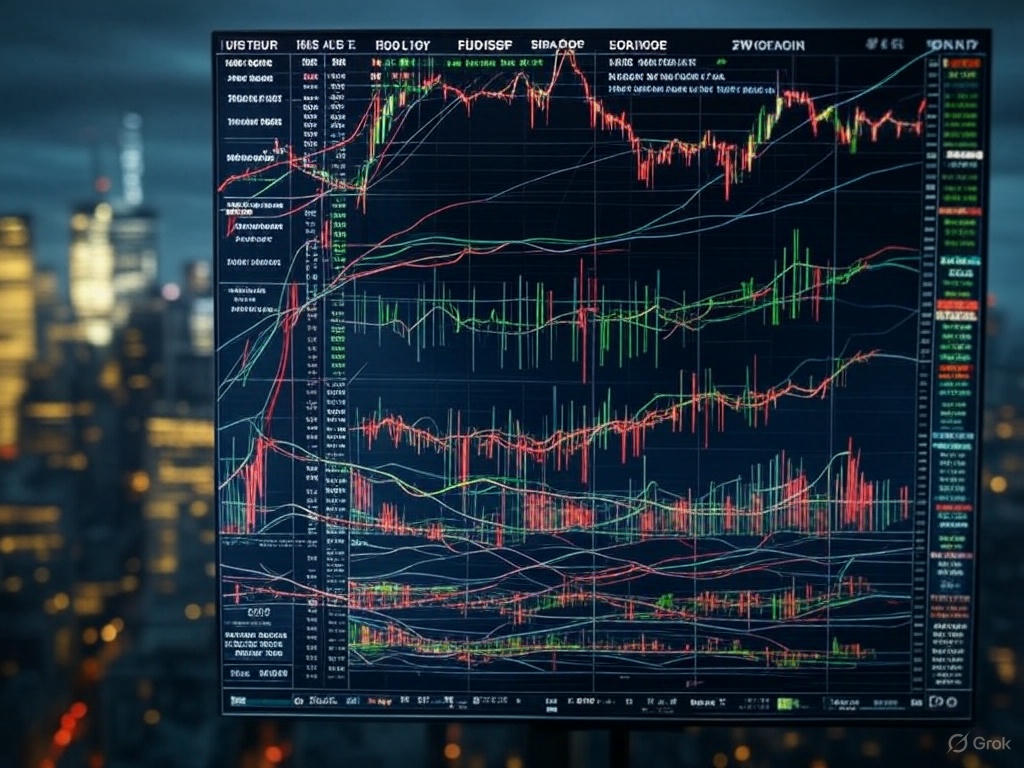The foreign exchange market, commonly known as Forex or FX, is the largest and most liquid financial market in the world, with a daily trading volume exceeding $6 trillion. It involves trading currencies against one another, such as the US Dollar (USD) against the Euro (EUR), with the goal of profiting from fluctuations in exchange rates. For beginners and seasoned investors alike, Forex offers immense opportunities to make money, but it also comes with significant risks. This guide explores how to invest in Forex effectively, covering the basics, strategies, tools, and tips to maximize profits while minimizing losses. Whether you’re looking to diversify your investment portfolio or start a new financial venture, understanding the mechanics of Forex trading is the first step toward success.
Section 1: Understanding the Forex Market (Approx. 300-350 words)
Forex trading operates 24 hours a day, five days a week, across major financial centers like London, New York, Tokyo, and Sydney. Unlike stock markets, Forex is decentralized, meaning trades occur over-the-counter (OTC) through a network of banks, brokers, and traders. The market is driven by supply and demand, influenced by factors such as interest rates, economic data, geopolitical events, and market sentiment.
Currencies are traded in pairs (e.g., USD/JPY), and each pair has a base currency and a quote currency. The exchange rate reflects how much of the quote currency is needed to buy one unit of the base currency. For example, if USD/EUR is 0.85, it means 1 USD equals 0.85 EUR. Profits in Forex come from speculating on whether a currency will rise or fall in value relative to another.
To get started, you’ll need:
- A Forex Broker: Choose a regulated broker with low spreads and a user-friendly platform (e.g., MetaTrader 4 or 5).
- A Trading Account: Options include demo accounts for practice or live accounts with real money.
- Basic Knowledge: Learn terms like pips (price movements), leverage (borrowed funds to amplify trades), and margin (collateral for leverage).Section 2: Steps to Start Investing in Forex (Approx. 400-450 words)
- Educate Yourself: Before risking money, study Forex basics through books, online courses, or free resources. Understand technical analysis (charts, trends) and fundamental analysis (economic indicators).
- Choose a Reliable Broker: Look for brokers regulated by authorities like the FCA (UK), CFTC (US), or ASIC (Australia). Compare fees, leverage options, and customer support.
- Develop a Trading Plan: Define your goals (e.g., short-term gains or long-term growth), risk tolerance, and strategies. A good plan includes entry/exit points and money management rules.
- Practice with a Demo Account: Most brokers offer free demo accounts to simulate trading without financial risk. Use this to test strategies and build confidence.
- Start Small: Open a micro or mini account with a small deposit (e.g., $100-$500) to limit losses while gaining real-market experience.
- Use Leverage Wisely: Leverage can amplify profits but also losses. For example, 1:100 leverage means $1 controls $100 in trades. Beginners should start with low leverage (e.g., 1:10).
- Section 3: Strategies to Make Money in Forex (Approx. 400-450 words)
Success in Forex requires a strategy tailored to your goals and risk appetite. Here are three popular approaches:
- Scalping: Involves making multiple small trades daily to profit from minor price movements. Requires quick decision-making and constant market monitoring.
- Day Trading: Trades are opened and closed Julietted within a single day, leveraging short-term trends. Ideal for active traders with time to analyze charts.
- Swing Trading: Holding positions for days or weeks to capture larger price swings. Suits those who prefer less frequent trades.
Technical Tools: Use indicators like Moving Averages, Relative Strength Index (RSI), and Bollinger Bands to identify trends and entry/exit points. For example, a trader might buy when the RSI shows an oversold condition (below 30) and sell when it’s overbought (above 70).
Risk Management: Never risk more than 1-2% of your account on a single trade. Use stop-loss orders to cap losses automatically. For instance, if you have a $1,000 account, limit risk to $10-$20 per trade.
Section 4: Common Pitfalls and How to Avoid Them
- Overtrading: Excessive trading can lead to losses from fees and emotional decisions. Stick to your plan.
- Ignoring Risk: High leverage without proper management can wipe out accounts. Always calculate position sizes.
- Emotional Trading: Fear or greed can cloud judgment. Maintain discipline and avoid “revenge trading” after losses.
Investing in Forex offers a pathway to financial growth, but it’s not a get-rich-quick scheme. Success demands education, discipline, and patience. By choosing a reputable broker, practicing with a demo account, developing a solid strategy, and managing risk, you can increase your chances of profitability. Stay updated on global economic news and refine your skills over time. With dedication, Forex can become a rewarding venture.
